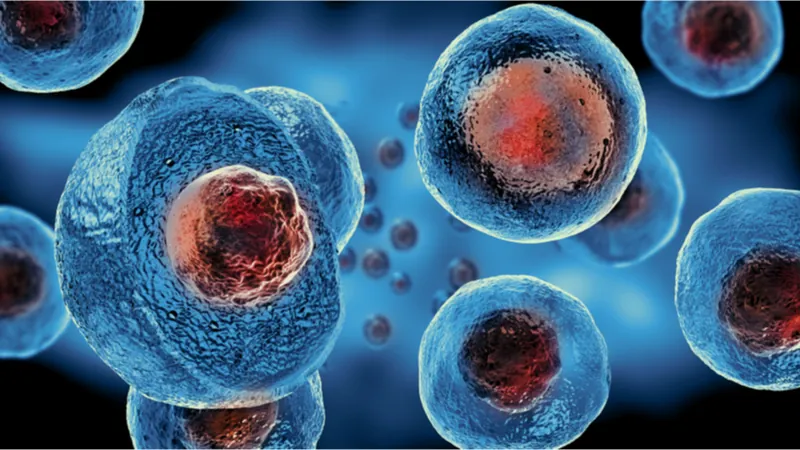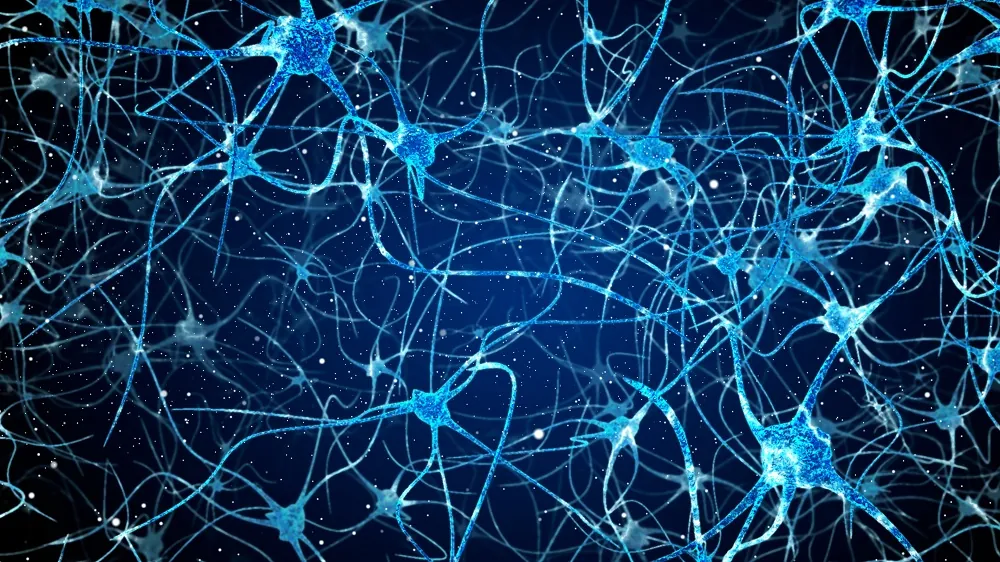Scientists have found that partial cellular reprogramming, both full-body and restricted to specific brain regions, rescues neurogenesis in the brains of old mice [1].
Cells going back in time

Read More
Partial reprogramming improves various health metrics and increases lifespan in animal models [2]. For instance, Dr. David Sinclair’s group has demonstrated optic nerve regeneration following injury in rodents and non-human primates. Partial reprogramming was also found to improve the functions of several other tissues, including pancreas and muscle [3].
However, the effects of partial reprogramming, specifically on the brain, have not been thoroughly investigated. In this new study published in Nature, scientists report on its impact on neurogenesis, the creation of new neurons.
Increased neuroblast production
Long gone are the days when a common misconception was that adult brains do not produce new neurons. Since then, scientists have found that some brain areas, such as the hippocampus and the subventricular zone (SVZ), contain neurogenic niches that give rise to new neurons even in adulthood. However, this process slows down considerably with age.
In their experiments, the researchers used the classic OSKM Yamanaka cocktail. Many researchers have tinkered with the recipe to boost reprogramming effectiveness and lower the risks of tumorigenesis, which are associated mainly with c-Myc, but this was not the case in this study.
First, the scientists went for whole-body reprogramming by creating genetically modified mice that express OSKM when treated with a molecular trigger: in this case, doxycycline. Using single-cell RNA sequencing, the researchers found that with age, the proportion of neuroblasts, the immediate precursors of neurons, among the progeny of neuronal stem cells (NSCs) decreases, indicating impaired neurogenesis. The treatment reversed this trend, bringing the proportion of neuroblasts back to youthful levels.
Then, the researchers employed an even more sophisticated mouse model in which OSKM expression was spatially restricted to SVZ. Interestingly, this restriction allowed them to increase the time of OSKM expression to what would be lethal in the whole-body model. The effect on the abundance of NSCs and neuroblasts was even more impressive than with the whole-body reprogramming.

More mature neurons
To exclude niche-wide effects, the researchers also experimented with cultured NSCs in vitro. Just like in vivo, NSCs harvested from old mice produced a lower proportion of neuroblasts than those taken from younger mice. Treating old but not young NSCs with OSKM increased the proportion of neuroblasts in their progeny, suggesting a rejuvenation-like effect “rolling things back to normal”.
However, it’s neurons, not the neuroblast precursors, that we are ultimately interested in. Did the treatment result in more neurons being born? Apparently, yes. In mice, neuroblasts originating from SVZ migrate to the olfactory bulb, where they become mature neurons (this shows how important the sense of smell is for these animals). With age, this process slows down dramatically. OSKM treatment increased the number of newborn neurons in the olfactory bulb, although not to youthful levels.
Using single-cell transcriptomics and immunostaining validation, we find that whole-body partial reprogramming in old mice partly reverses the age-associated defect in neuroblast proportion in the SVZ neurogenic niche. This ‘rejuvenation’ effect can be recapitulated by targeting the SVZ itself for partial reprogramming, indicating a niche-intrinsic phenomenon. Furthermore, partial reprogramming in old NSCs in culture cell autonomously improves their differentiation into neuronal precursors. Our study uncovers the impact of partial reprogramming in old brains by systematically probing its effect on multiple different cell types.
Literature
[1] Xu, L., Ramirez-Matias, J., Hauptschein, M., Sun, E. D., Lunger, J. C., Buckley, M. T., & Brunet, A. (2024). Restoration of neuronal progenitors by partial reprogramming in the aged neurogenic niche. Nature aging, 10.1038/s43587-024-00594-3.
[2] Macip, C. C., Hasan, R., Hoznek, V., Kim, J., Lu, Y. R., Metzger IV, L. E., … & Davidsohn, N. (2024). Gene Therapy-Mediated Partial Reprogramming Extends Lifespan and Reverses Age-Related Changes in Aged Mice. Cellular Reprogramming, 26(1), 24-32.
[3] Wang, C., Rabadan Ros, R., Martinez-Redondo, P., Ma, Z., Shi, L., Xue, Y., … & Izpisua Belmonte, J. C. (2021). In vivo partial reprogramming of myofibers promotes muscle regeneration by remodeling the stem cell niche. Nature Communications, 12(1), 3094.




